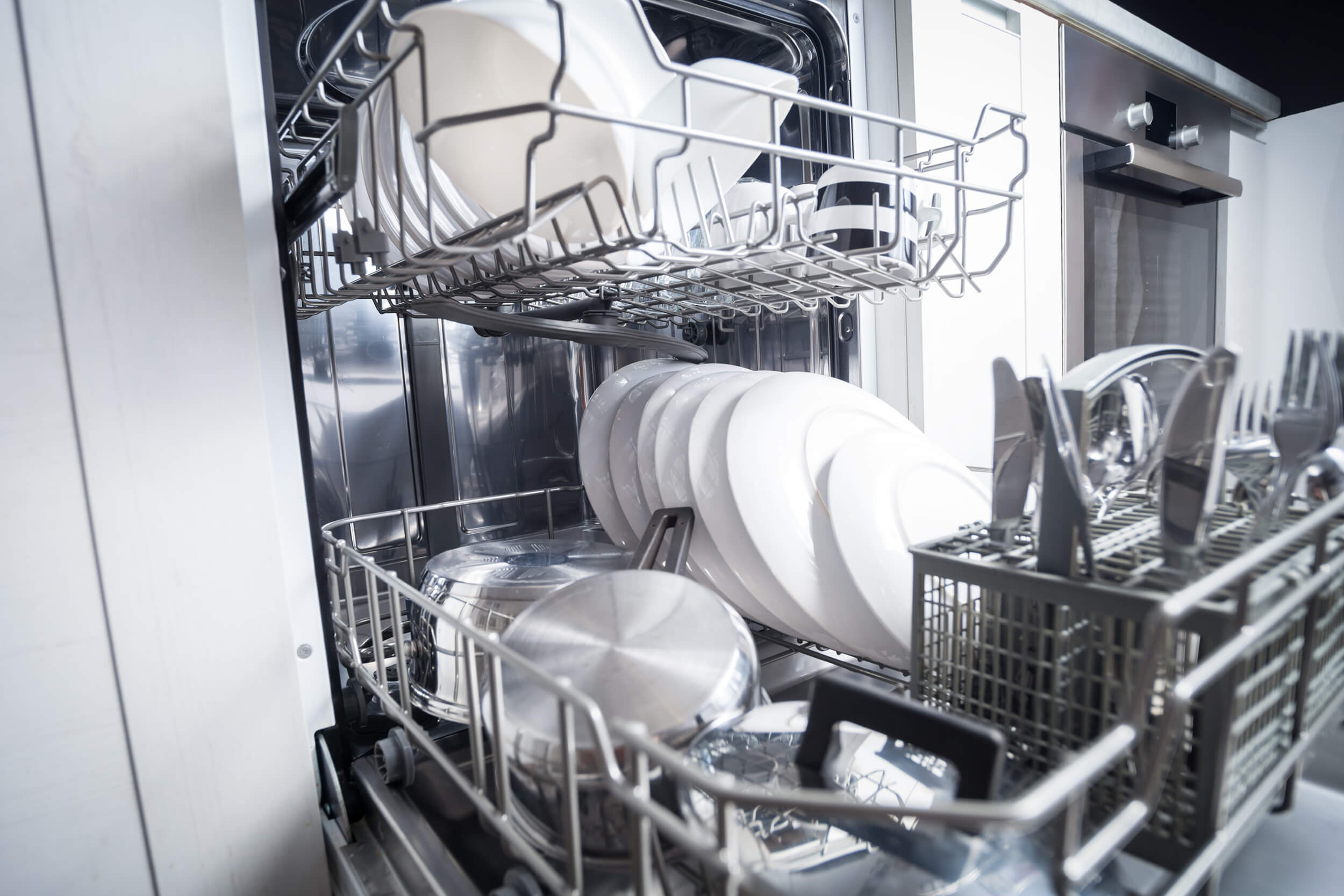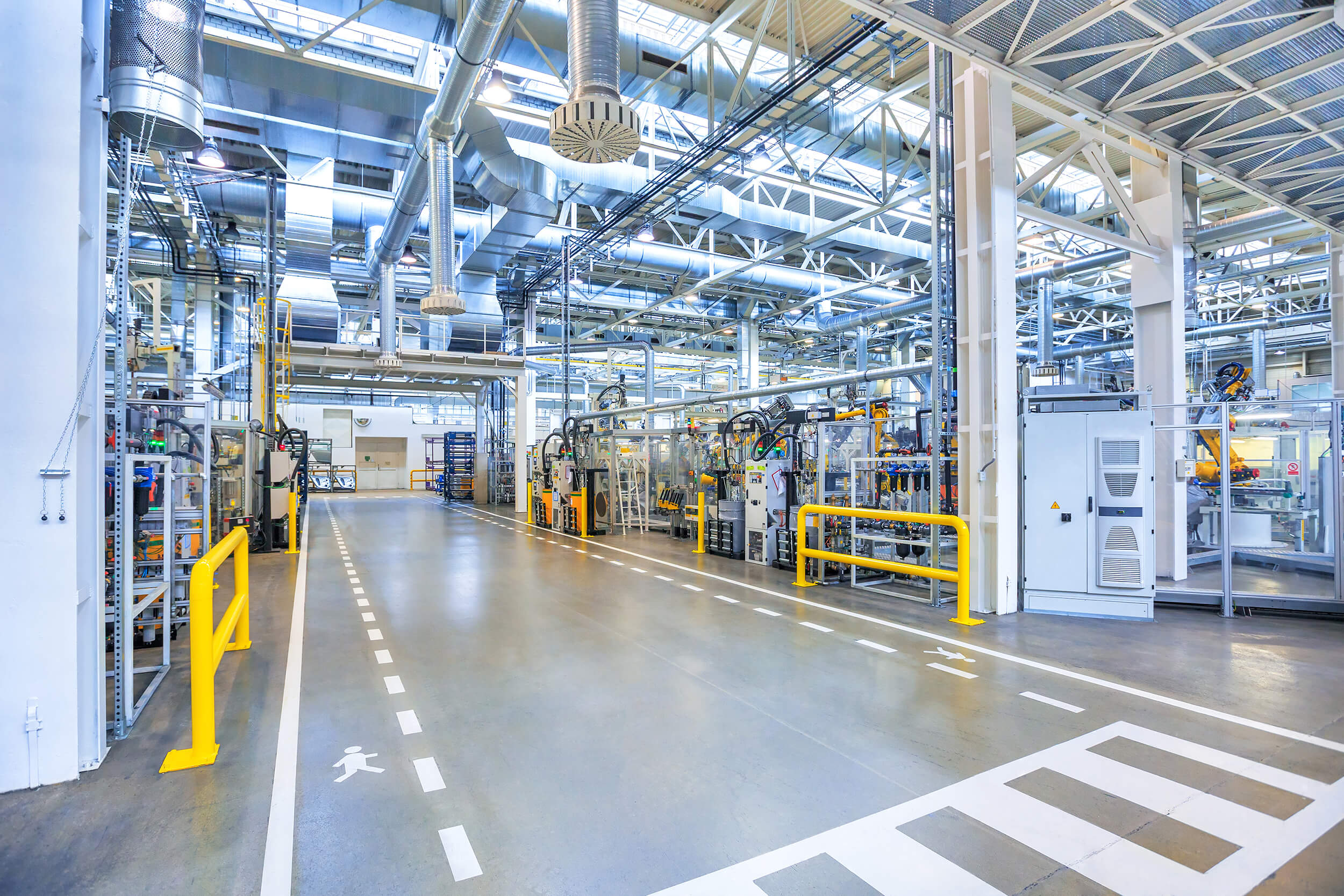Contact: Ben Somberg, 202-658-8129, bsomberg@aceee.org

Washington, DC—New window air conditioners and air purifiers will soon cost households less to run, thanks to strengthened energy efficiency standards finalized today by the U.S. Department of Energy (DOE). The standards, together, will save households and businesses approximately $1.5 billion per year on electricity bills and cut carbon dioxide emissions by 106 million metric tons over 30 years of sales, according to DOE.
These are the first appliance efficiency standards developed and finalized by the Biden administration. The air purifier standard matches recommendations efficiency advocates and product manufacturers jointly made to the department last year.
“These standards will help families afford to keep their homes safe with comfortable temperatures and cleaner air, while curbing planet-warming emissions from power plants,” said Andrew deLaski, executive director of the Appliance Standards Awareness Project (ASAP). “These are commonsense steps that will ensure consumers don’t get stuck with outdated, energy-wasting technology.”
Air conditioner standards
The standards for window air conditioners, also known as room air conditioners, will deliver the greatest efficiency improvement for larger units (those with a cooling capacity over 8,000 Btu/hour), effectively requiring them to use variable-speed compressors. These compressors are not only more efficient but provide more consistent room temperatures by eliminating on-and-off cycling, and they are generally quieter.
Smaller units will see more modest but still significant efficiency gains and will be able to meet the new standards using higher-efficiency, single-speed compressors. For all sizes, the cost savings on utility bills will far exceed any increases in purchase costs.
About 20% of U.S. households have at least one room air conditioner. The new standards will apply to units manufactured or imported after 2026.
DOE last updated standards for room air conditioners in 2011. By law, the department was required to finalize a new standard (unless it determined that no update was appropriate) by 2019, but it missed that deadline.
Air purifier standards
Air purifiers, also known as air cleaners, have become increasingly popular, driven in part by concerns about wildfire smoke, COVID-19, and other health risks.
But their energy use—and the costs of using the products—varies widely. According to DOE’s analysis, the least efficient air purifiers on the market today use three to eight times more energy than the most efficient units, depending on the product class. Until now, there had been no federal efficiency standard for the products.
In 2020, Washington, DC set efficiency standards for air purifiers; it was followed by New Jersey, Nevada, Washington, Maryland, and New York. As these standards passed and started taking effect, a coalition led by ASAP and the Association of Home Appliance Manufacturers jointly recommended to DOE that it set two-tiered federal standards, with a first tier that would mirror most of the existing state standards, and a second, higher tier at efficiency levels mirroring the standards in Washington state, the most stringent of the state standards. DOE’s standards match that recommendation; the first tier will take effect at the beginning of 2024, with the second tier taking effect two years later.
###
The Appliance Standards Awareness Project (ASAP) organizes and leads a broad-based coalition effort that works to advance, win, and defend new appliance, equipment, and lighting standards that cut emissions that contribute to climate change and other environmental and public health harms, save water, and reduce economic and environmental burdens for low- and moderate-income households.




